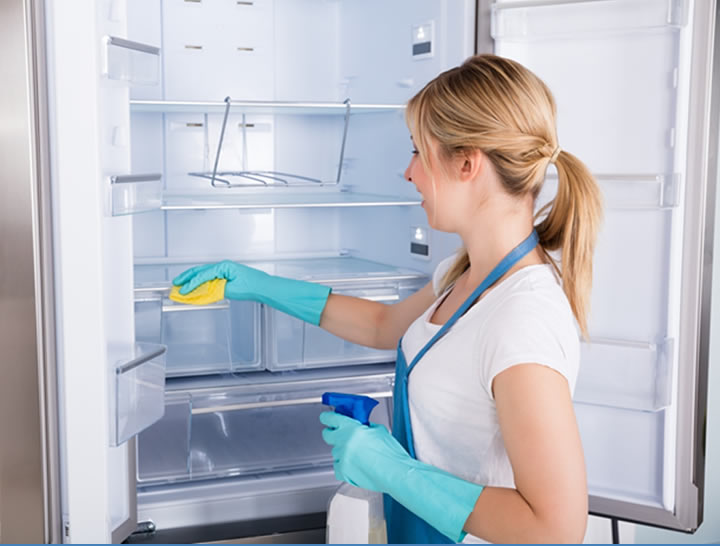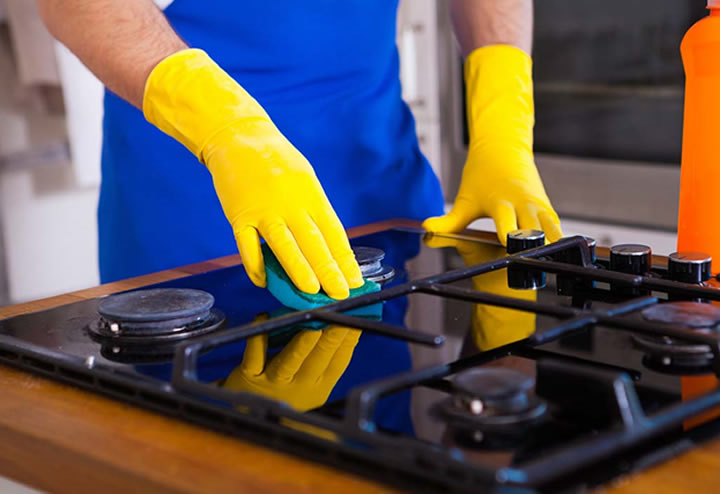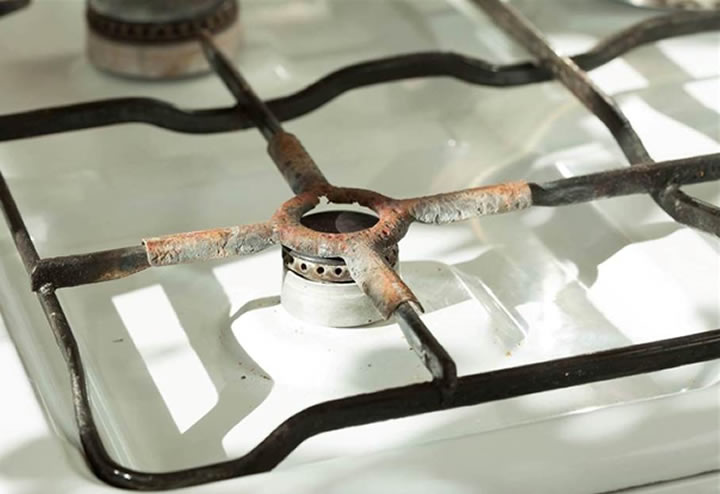Owning appliances is a must in any modern home. With appliances becoming an essential part of most households, it’s important to take care of them and keep them functioning correctly.
No one likes to think about it, but even the most careful homeowners will eventually need to deal with cleaning and maintaining their home appliances. Fortunately, with a few simple tips, you can make the process easier—and maybe even a little fun.
So before you deal with that pesky oven grease build-up for another day, read on for some helpful advice on cleaning and maintaining your home appliances.
1. Replace appliances that you need to
Find out what appliances you need to replace. It’s essential to keep your appliances in good working condition, but sometimes they must be replaced. If your appliance is old and not working correctly, it’s probably time for a new one.
You can find great deals on new appliances at your local appliance store or online. Many home appliances are now available in energy-efficient models. Energy-efficient appliances use less energy and water, saving you money on utility bills.
Visit TopAirSystems to know more about these appliances.

2. Take care of your fridge
Your fridge is one of the essential appliances in your home, so it’s important to take care of it. Most people don’t think about cleaning their fridge until it’s too late and the food starts to spoil. To prevent this, make sure to clean your fridge regularly.
At least once a week, take everything out of the fridge and give it a good cleaning. Clean the interior and exterior of your fridge regularly with a mild soap and water solution. It includes wiping down the shelves, washing the drawers, and cleaning the door seals.
If you have a problem with spills, consider using a liner in the fridge to make cleanup easier. Don’t forget to clean the seals around the doors to prevent food from getting trapped and causing mold or mildew.
3. Clean your oven
Cleaning your oven may seem like a daunting task, but it’s pretty simple.
To make the process less painful, clean your oven regularly. At least once a week, wipe down the interior of your oven with a mild soap and water solution. It includes the door, racks, and any other removable parts.
If you have a self-cleaning oven, use it according to the manufacturer’s instructions. Remove the racks and soak them in soapy water. Then, use a sponge or brush to remove any food or grease build-up from the oven walls.
Next, clean the door seals with a damp cloth. Finally, wipe the outside of your oven with a mild cleaning solution.

4. Clean your stovetop
Even if you don’t use it very often, it’s essential to clean it regularly. To clean a gas stovetop, start by removing the burner grates and soaking them in soapy water. Then, use a putty knife to scrape off any burned-on food from the burner heads.
Use a sponge or brush to remove any food or grease built-up from the stovetop. Next, clean the stovetop with a mild cleaning solution and a sponge. Finally, replace the burner grates and turn on the stove to let it air out.
Clean the control knobs with a damp cloth. Wipe down the outside of your stove with a mild cleaning solution. To prevent food from sticking to your stovetop, heat the pan on a low setting for a few minutes before adding oil.
Then, add just enough oil to coat the bottom of the pan.
5. Clean your dishwasher
Dishwashers are one of the appliances that many people don’t think to clean regularly. It is one of the most used appliances in your home, so it’s essential to keep it clean and properly maintained.
However, dishwashers can become quite dirty over time, mainly if they’re not used frequently. Start by cleaning the exterior of your dishwasher with a mild cleaning solution and a sponge.
To clean a dishwasher, start running it on an empty cycle with hot water and vinegar.
Then, use a toothbrush or small brush to clean the dishwasher’s spray arm. Clean the interior of your dishwasher, including the inside of the door and the gasket, with a vinegar solution. Finally, wipe down the inside of the dishwasher with a damp cloth.

6. Prevent rust on your appliances
Rust can form on appliances made of metal, which can be difficult to remove once it’s established; rust can cause appliance problems and is unsightly. To prevent rust from forming in the first place, clean your appliances regularly and dry them thoroughly after use.
If you notice any rust forming, use a rust-removal product or sandpaper to remove it gently. To prevent rust, wipe down your appliances with a vinegar solution or lemon juice.
You can also apply a thin layer of Vaseline or other oil to the surface of your appliances to help create a barrier against moisture. You can also use a commercial rust-prevention product.
7. Protect from power surges
Home appliances are vulnerable to power surges, which can cause damage and shorten the lifespan of your appliances. Power surges can damage appliances. To protect your appliances, plug them into a surge protector or unplug them during a storm.
Your appliances work hard, but they’re not indestructible. Power surges happen more often than you may think—especially during the summer when thunderstorms are common.
Overloading them can cause problems and shorten their lifespan. Be mindful of how much you use them and give them a break when you can. Read the manufacturer’s instructions carefully so you know how much weight or how many items the appliance can handle.

8. Vacuum the coils
Most appliances have coils that help them function properly. Dust and dirt can build up on your appliances’ coils, making them work harder and less efficiently. It can cause your appliances to work harder and use more energy.
Simply remove the coils and vacuum them with a soft brush attachment to clean them. Vacuum the coils on your refrigerator, stove, dryer, and other appliances to keep them clean and functioning correctly.
To keep your coils clean, vacuum them regularly with a soft-bristled brush attachment.
9. Clean the lint trap
Lint traps help trap lint and other debris from getting into your appliances. The lint trap on your dryer traps lint and dirt from your clothes as they dry. Over time, the lint trap can become clogged, making it harder for your appliance to work correctly.
If the lint trap is complete, it can cause your dryer to overheat and potentially start a fire. To clean the lint trap, remove it and wash it with warm water and soap. You can also use a vacuum cleaner with a hose attachment to suck up any lint that’s been trapped in the trap.
Conclusion
Following these simple tips, you can keep your home appliances clean and well-maintained. Regular cleaning and maintenance will help extend the life of your appliances and keep them working correctly.

